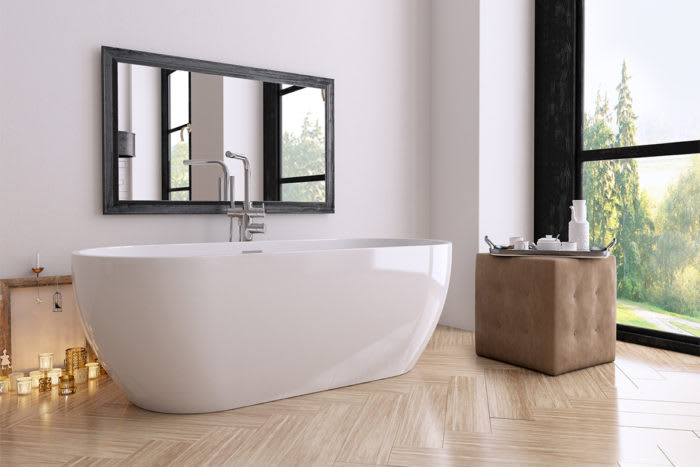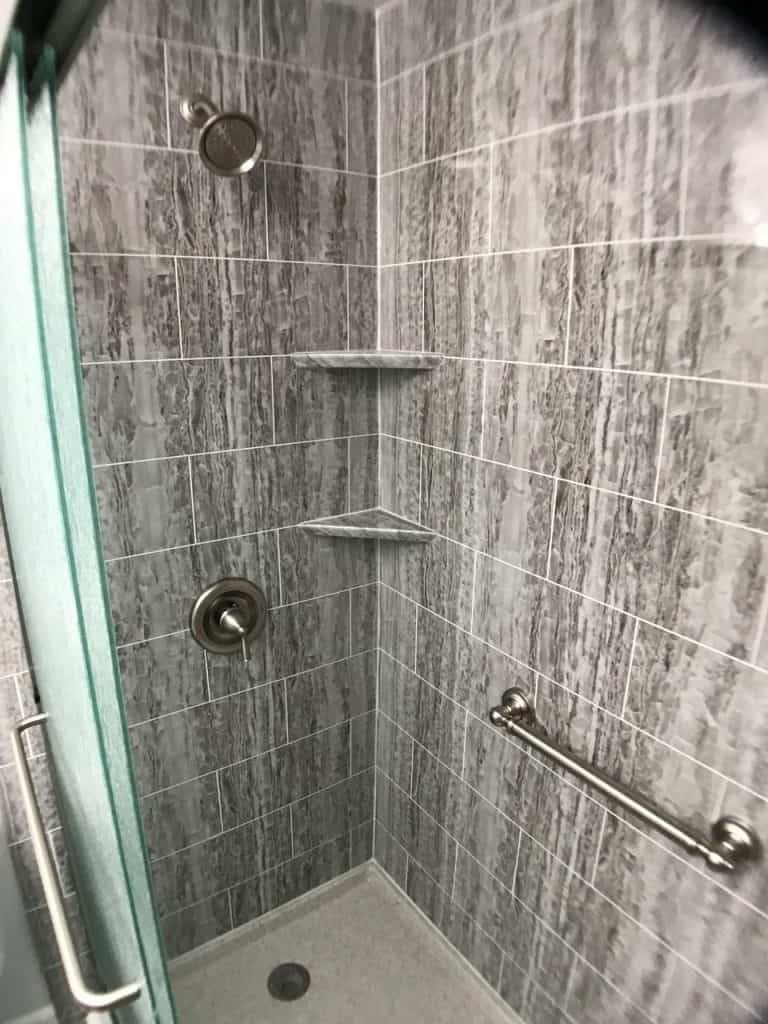5 Solutions to Acrylic Shower Room Problems
5 Solutions to Acrylic Shower Room Problems
Blog Article
{This Page Every person may have their own unique thinking on the subject of Hiring a Plumbing Expert. We recommend that you clean your acrylic bathing product made of Delta ProCrylic or Acrylic with Innovex Technology with non-abrasive soaps and cleaners, such as: When it’s time to clean, always use a terry cloth towel, soft cloth or sponge to avoid scratching the acrylic surface. Don’t use abrasive scrubbing pads, steel wool or sponges, cause permanent damage to the acrylic material. If you use a drain cleaner or clog remover, be sure to rinse thoroughly with water so no product is left standing near the drain. Some chemicals and cleaners may deteriorate acrylic surfaces, causing cracks and, potentially, property damage. To avoid this, don’t use cleaning products that state on their label that they are not suitable for use on Acrylic, ABS, Polystyrene or Plastic. Be sure to check the label of any product before you apply it to the surface; it’s easier to avoid damage than to try to remedy it. Chemicals we do not recommend using to clean acrylic showers/tubs: When you’re ready to apply sealant, a little planning goes a long way. Pick up some painter’s tape and use it to mask off the seam to help make cleaning up easier. When you’re applying the bead, use a constant, steady speed to avoid an uneven finish. Use a caulk tool or a plastic spoon to work the sealant into the joint. Wetting the tool with denatured alcohol will help create a smooth finish. Follow the directions on the back of the tube for cure time. Certain chemicals and cleaners may deteriorate acrylic surfaces, causing cracks and, potentially, property damage. After you’re finished applying it, clean up the product surface and remove any excess sealant with denatured alcohol. Don’t use solvents (turpentine, lacquer thinner, mineral spirits, paint thinner, MEK, xylene, acetone, naphtha, etc.) that can wreak havoc on an acrylic surface. With a little care and consideration, you can prevent damage to your acrylic shower or tub. Keep a supply of soft cloths handy and remove any damaging products or abrasive scrubbing items from the bathroom to ensure they aren’t around when it’s time to clean. https://www.deltafaucet.com/design-innovation/inspiredliving/how-to-clean-acrylic-shower As a keen person who reads on Finding the Right Plumbing Expert, I assumed sharing that excerpt was a smart idea. In case you enjoyed our page please don't forget to pass it around. Bless you for your time. Please check our website back soon.
Polymer bathrooms, shower trays, as well as other acrylic shower room ware have become extra common in washrooms in recent times. Not as elegant and also durable as enamel as well as porcelain baths and fixtures, they are a lot more budget friendly and serve pretty much the exact same fundamental function. Some usual instances of damages to acrylic restroom fixtures include discoloration, cracks, holes, etc.Damaged shower or bathroom surface area
Polymer shower room fixtures are not abrasion-resistant like enamel varieties. Being an extremely soft material, acrylic scratches can also be hidden without layer or dental filling. For these, you need to seek specialist assistance for your bath repair services.Chain reaction
Sometimes, people attempt to paint the entire surface of their acrylic bathroom by themselves either due to the fact that they do not such as the color to conceal imperfections. However, when they do not such as the outcome, they apply paint eliminators. You should never ever use paint remover on acrylic baths. Although paint removers do not respond with the surface area of steel baths, they damage acrylic bathrooms irreversibly. This produces a lot more help the professional. The most effective strategy right here is to call a specialist for assist with changing the bathroom.Bathroom Discoloration
With long term usage of acrylic bathrooms comes staining or discoloration. While some stains can be removed conveniently, making use of special chemicals, others require that the bath be resprayed. Aromatherapy oils loosen up the dirt in some cases thus restoring the bath to its former glory.Broken Polymer Baths
The lifespan of acrylic and also fiberglass bathrooms is up to 15-20 years for shower frying pans and bathrooms, typically. Cracks in an acrylic shower tray are possibly among the most convenient problems to fix for a repair work professional. This is the same for PVC, material, and various other such products.
Acrylic bathrooms, shower trays, and various other acrylic shower room ware have actually become extra common in bathrooms in recent times. You need to never ever use paint eliminator on acrylic bathrooms. Paint removers do not react with the surface of metal baths, they ruin acrylic bathrooms irreversibly. With prolonged use of acrylic bathrooms comes discoloration or staining. The life expectancy of acrylic and also fiberglass baths is up to 15-20 years for shower pans and also bathrooms, generally.How to clean Acrylic shower
USE THESE NON-ABRASIVE CLEANERS
DO NOT USE THESE CLEANERS
Sealant Application Tips

Visit My Web Page